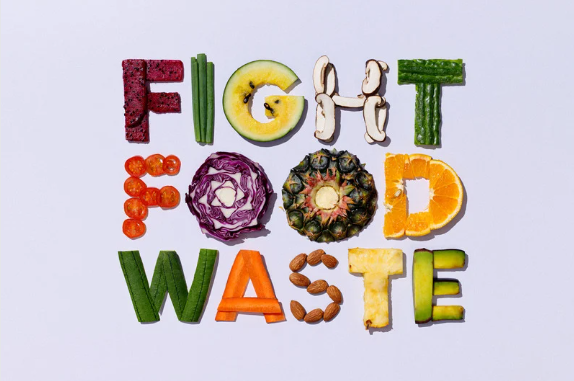
Fighting Food Insecurity in Community
Shelby KretzShare
By Allison Banta
According to the most recent estimates, 1 in 6 kids in this country has experienced food insecurity. 1 in 6. That means when I send my kids to school, an average of 3-4 kids in each of their classes came to school hungry. This is true on any given morning, all across the United States. When you consider that the US is one of the wealthiest countries on the planet, it seems almost incomprehensible. That number should clearly be zero.
Unfortunately, in the wake of the Covid-19 pandemic the number of families facing food insecurity has only increased. As grownups guiding little justice leaders, what else can we do? How do we talk to our kids about food insecurity, and what can we do to get involved in our local communities?
If this is a new topic for your class or your family, Maddi’s Fridge by Lois Brandt is a great place to start. It’s a fun and engaging story that raises awareness about food insecurity and manages to do so with honesty, sensitivity, and humor. In the book, the girls both learn that an empty fridge is a community issue – one to be solved with friends and neighbors, not something to hide away and endure alone.
Food insecurity can be difficult to grasp if a child hasn’t personally experienced it, and Maddi’s Fridge is an excellent conversation starter. Around age five, we read the story with my older daughter, and then began including her when we dropped off donations to our local food bank. Now that my second daughter is five, we’ve probably read the book at least a hundred times. They love to help shop and deliver donations to our neighborhood food banks and are growing into little advocates for eradicating hunger, starting in our own neighborhood. Some of their favorite things to do are help deliver groceries to the food bank, shop for non-perishable snacks to drop in our local “food libraries”, and pack snack bags to keep in our car in case we pass anyone who is experiencing displacement or homelessness.
If you’re looking for ways to get involved, try talking to your local food pantry, getting involved with a program that packs weekend food bags for student’s backpacks, or find out if you can volunteer with a Meals on Wheels program. Food insecurity is a concept even the youngest little justice leaders can understand, and one we should all be working together to solve.
We pulled out Maddi’s Fridge again just a few nights ago, and when I had finished reading it my daughter declared, with all the confidence of a five-year-old, “when I’m a grown-up, all the fridge’s will have enough food every day. Because the stores have pleeeeeeennnnty of foods, and we will get the money-people to share their money, and I’ll drive a GINORMOUS truck and do the deliveries! Don’t worry.”
Keep going grownups, and don’t worry. Your words and actions matter. The next little leaders hear you, and they’re already hatching their plans.
For more ways to bring social justice to the little ones in your life, sign up for the LJL newsletter here.
